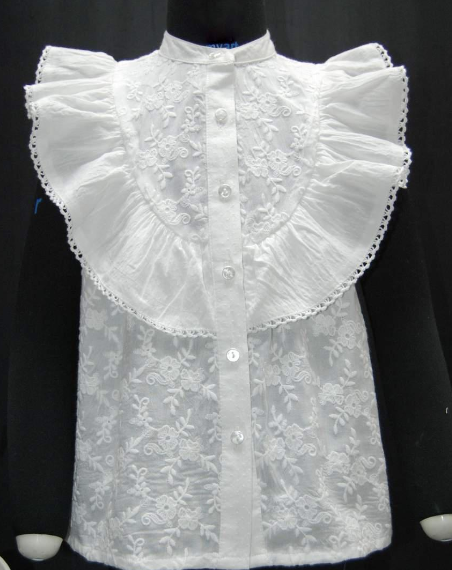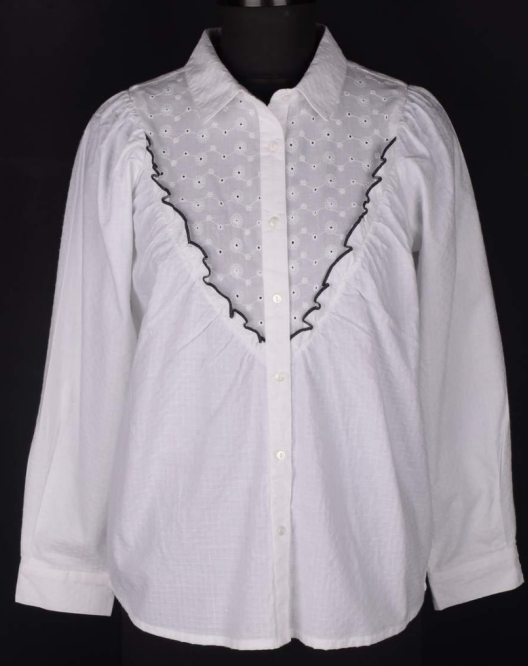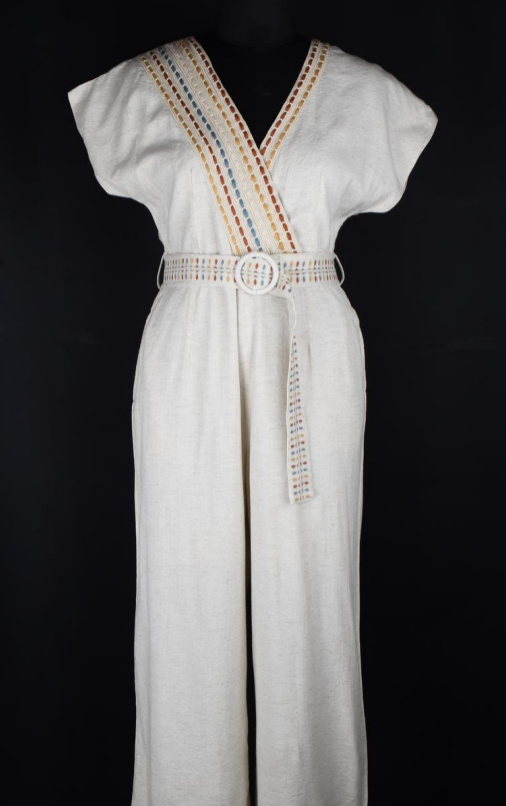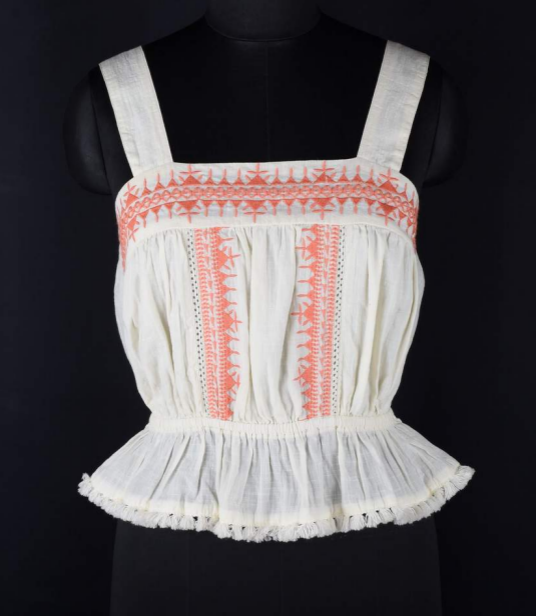Impact Of Small Design Details On Export-Ready Garments

Does the competitiveness of a garment rely on how it looks? Of course, yes. But do other factors come into play in terms of the competitiveness of a garment in the apparel market? Definitely! Looks are the reason behind a garment's popularity, but not the only reason. In the global apparel market, small details and nuances while making a garment hugely impact its functionality and, therefore, consumer satisfaction.
As a clothing brand owner, focussing on these small details while you’re exporting your products can determine how competitively it can perform in the market. If your products perform well and sales keep on increasing, it will help you expand your business towards becoming the top garment manufacturer in India. However, before everything, you need to be informed about what are these small details are that affect consumer satisfaction.
5 Small Design Details That Make A Garment Export-Ready From The Top Export Company in Jaipur
Apart from functional needs, cultural preferences and climate conditions in the country to which you’re exporting considerably impact consumer satisfaction. So, if you’re interested in manufacturing the best readymade garments in India, check out this guide thoroughly.
-
Understanding Functionality
Functionality in garments is one of the key design changes that are required for a product to be market-ready, especially for foreign markets. Imagine this, a tropical country like India requires garments to be breathable and loose-fitted with minimal closures. Additional closures like full-length zippers can make the garment feel out of place for consumers.
Similarly, the same thing can be exactly what’s needed for colder regions such as North America or Europe. Having full-length zippers and fittings that are easily usable while wearing gloves can be the functionality required to make your garments ready for some markets. The key is to understand these specifics and alter your designs accordingly based on the market where you’re exporting.
-
Compliance With International Regulations
There are two things that matter regarding international garment regulations. These include the individual materials that are used for the manufacturing of the garment such as the fabric and accessories, and the chemicals and dyes that go into the manufacturing process. International regulations of several major markets require manufacturers to ensure their garments do not contain any harmful dyes or even trace of elements like lead.
Similarly, the manufacturing details, country of origin, and wash instructions must also be mentioned on the labels of the garment. Failure to comply may lead to outright rejection of the order to be allowed in the country.
-
Quality Assurance
Stitches per inch. That’s the thing that’s considered highly for export requirements of garments. If you’re exporting to a developed market like the US or Europe, not having a high SPI can lead to the product being rejected during quality checks at the destination. A low SPI also indicates poor garment manufacturing and limited product durability.
These factors have a negative factor on product market fit for foreign markets. Similarly, small details like bar tacking may not have a significant impact for consumers, but it certainly improves the durability of a garment. These factors must be considered during manufacturing of export-grade garments.
-
Local Style & Design Preferences
When it comes to design details, one of the most important things to consider is the actual design or print on the garment that you’re selling. There are cultural differences across the world that need to be respected by garment companies when you export your products to foreign markets. An Indian garment that features the Hindu symbol of Swastika may mean something completely different in a country like Germany.
These factors need to be considered; otherwise, the garments may be rejected despite having perfect technical specifications. On a different note, certain styles and designs may be popular in foreign markets and focusing on them in your design can help your products stand out internationally.
-
Fit and Size Grading Consistency
There’s no universal sizing guide for garments. Each country and major market has its own or follows a standard sizing chart, such as the US or UK sizes. This leads to the dilemma that if you’re exporting garments globally, you need to be careful about sizing at all times.
Any garment size in the US does not correspond correctly to those of Japan or the UK. Manufacturers have to account for this while working on the garments. In fact, small errors in garments like shoulder width or armhole depth can make the entire batch unusable. This is a crucial check that can make or break the export of your garments.
Conclusion
The details are what makes or breaks a brand’s success in foreign markets. As one of the top export houses in Jaipur, CheerSagar has worked tirelessly for decades, helping brands meet international garment regulations. Their team of experienced manufacturers ensures that all the details discussed in this piece are addressed during manufacturing. If you want to learn more about exporting garments and meeting international standards, check out CheerSagar today. As the top export company in Jaipur, they can help you learn insights that are crucial for your success as a garment exporter.
Related Blog
Why & What Chemicals Are Used In Textile Manufacturing?
Textile manufacturing uses various chemicals for different purposes. No matter if you are wearing clothes made from natural fabric...
What Are Digital Passport For Clothing & How They Can Solve An Important Problem Of The Apparel Industry
A digital passport for clothes? Sounds insane right? But, it's not actually. Digital passports can be a great help in...
10 Tips For Exporting Clothes From India To USA
Venturing into the global market sounds too tempting to show resistance. But the journey isn’t filled with rose petals, and...




